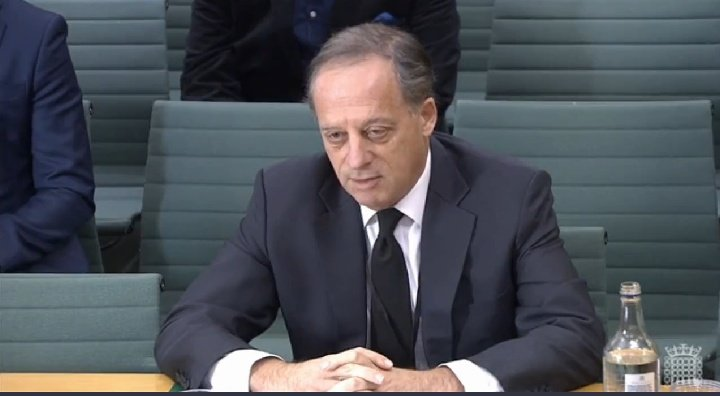The Guardian thinks of itself as Britain’s fearless liberal conscience, trigger-sensitive to racist ‘dog whistles’ in the language and editorial judgements of everyone except itself. It takes a special interest in cartoons published by right-of-centre newspapers which are accused of bigotry.
When the Murdoch-owned Herald Sun ran a cartoon depicting Serena Williams throwing a tantrum, the Guardian reported that News Corp had ‘come under global condemnation for publishing a racist, sexist cartoon’, supplementing multiple news stories with several condemnatory op-eds.
Already a subscriber? Log in
Subscribe for just $2 a week
Try a month of The Spectator Australia absolutely free and without commitment. Not only that but – if you choose to continue – you’ll pay just $2 a week for your first year.
- Unlimited access to spectator.com.au and app
- The weekly edition on the Spectator Australia app
- Spectator podcasts and newsletters
- Full access to spectator.co.uk




















Comments
Don't miss out
Join the conversation with other Spectator Australia readers. Subscribe to leave a comment.
SUBSCRIBEAlready a subscriber? Log in